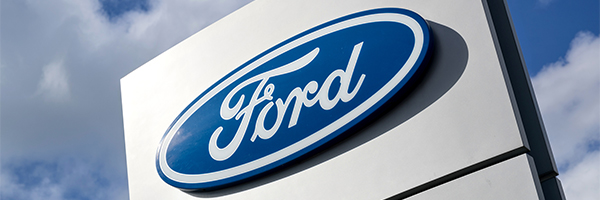
Please watch my new YouTube video: QuickPick Xylem (Update)
I’m starting up my videos on JubakAM.com again–this time using YouTube as a platform. My ninety-seventh YouTube video “QuickPick Xylem Update” went up today.

I’m starting up my videos on JubakAM.com again–this time using YouTube as a platform. My ninety-seventh YouTube video “QuickPick Xylem Update” went up today.

U.S. crude benchmark West Texas Intermediate rose above $90 a barrel–it closed at $90.87, up 0.60% for the day, for the first time since 2014. International benchmark Brent crude gained 0.42% to close at $91.53 a barrel. Of course, it took a wild confluence of events to push prices above $90.

OPEC+ meets tomorrow and the oil cartel and friends like Russia is expected to approve an increase in production that will reduce last year’s cuts in production. But the odds are that the decision won’t matter.

As the last act of my Special Report: When will the selling stop? When to buy? What to buy? I added Apple (AAPL) an Chipotle Mexican Grill (CMG) to my Jubak Picks Portfolio on January 26. I just want to make sure that you caught those buys.

When airline stocks come off a bottom, they come off fast and big. And I think that’s what we’re going to see over the next few quarters of 2022. Which means it’s time to buy. I could be early but the extreme volatility of stocks in the sector means that if you wait too long, you’ll miss the juiciest gains. Tomorrow, February 1, I’ll be adding shares of Delta Air Lines (DAL) to my JubakPicks Portfolio with a target price of $46. That’s just below the 200-day moving average and slightly further below the March 7, 2021 high of $49.83 highlighted in my last revision of the Dip-O-Meter this morning, January, 31.

I’m starting up my videos on JubakAM.com again–this time using YouTube as a platform. My ninety-fourth YouTube video “QuickPick CMG” went up today.

I’m starting up my videos on JubakAM.com again–this time using YouTube as a platform. My ninetieth YouTube video “3 Picks on Tech Stock Guidance” went up today.

This morning big money center banks JPMorgan Chase (JPM) and Citigroup (C) delivered disappointing reports on fourth quarter revenue and earnings. Shares of JPMorgan Chase finished the day down 6.15%. Citigroup shares closed lower by 1.25%. But Wells Fargo (WFC) crushed earnings estimates for its fourth quarter. The stock gained 3.68% by the close.

Wells Fargo (WFC) is scheduled to report fourth quarter 2021 earnings on Friday, January 14. The bank is expected to be one of the few big money center banks to show a significant increase in earnings for the lat quarter of 2021 from the fourth quarter of 2020 (when numbers were elevated by a big recovery from the Pandemic bottom.) The Wall Street consensus projects fourth quarter earnings of $1.09 a share, up from 64 cents a share in the fourth quarter of 2020. (I’d note that the bank has delivered a positive earnings surprise above analyst projections in the last 4 quarters.) This is a good time to buy bank stocks.

Ford Motor (F) CEO Jim Farley said yesterday, December 9, that pre-orders for the soon-to-launch F-150 Lightning pickup truck are so great that it had to stop taking reservations. Ford shares were up 9.81% today, Friday, December 10 as of the New York close.

With the VIX “fear index” falling back closer to “normal” levels–it dropped to 21.89 yesterday from 31.12 on December 1–it sure feels like the extreme volatility of the end of November and early December is on the ebb. The move to yesterday’s 21.89 close from December 1 was was a surge of 30% in the CBOE S&P 500 Volatility Index in a week. This move away from panic follows on a jump in the “fear index” in the week from November 24 to December 1 of 67% in the opposite direction. I’d be surprised if we don’t see another surge in volatility in the rest of December or in January with what promises to be a crazy earnings season, but even if volatility holds at something like today’s level–slightly elevated from the historical averages but in the rough ballpark–don’t forget that volatility has a long tail. Volatility, in fact, creates volatility. And not least of all in individual stocks.

As I noted in my posts over the weekend, I think that along with all the general volatility and the rotation away from high moment and higher price-to-earnings ratio technology stocks, the last week or so saw a rotation into “safe” haven stocks such as utilities and Big Pharma. Which is one of the reason I’m adding Bristol-Myers stock to my Jubak Picks Portfolio as of December 7